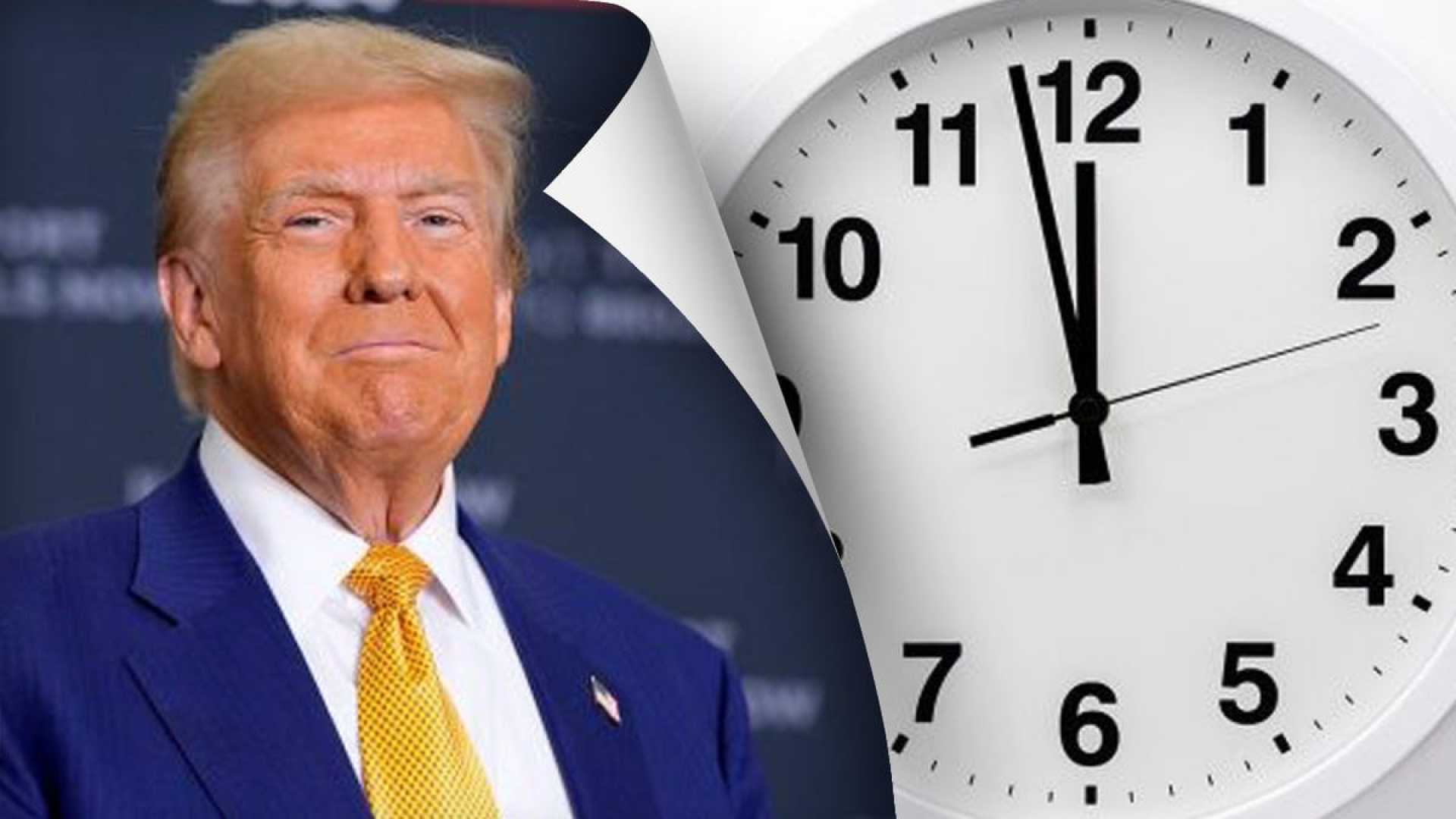News
Trump Pushes Debate on Ending Daylight Saving Time Ahead of March Change

WASHINGTON, D.C. — Daylight saving time (DST) is set to commence on Sunday, March 9, 2025, with Americans preparing to adjust their clocks ahead by one hour. However, the future of this twice-a-year ritual is once again in question following recent comments from former President Donald Trump, who claims DST is “inconvenient” and “costly” for the nation.
In a social media post last December, Trump expressed support for abolishing daylight saving time entirely, stirring renewed discussions nationwide. The Republican Party, he stated, “will use its best efforts to eliminate Daylight Saving Time,” criticizing the clock change for its challenges to the American populace.
This debate harks back to 2022, when the Senate, demonstrating an unusual level of agreement, passed the Sunshine Protection Act, aiming to make daylight saving time permanent. This measure, proposed by then-Senator Marco Rubio of Florida, was ultimately stalled in the House as some lawmakers advocated for retaining year-round standard time instead.
Farmers, often wrongly perceived as proponents of DST, historically opposed the time shift. Michael Downing, an author and time-change historian, noted that rural communities resisted DST, arguing that it favored urban workers at the expense of agricultural schedules.
Daylight saving time was first established during World War I in 1918 to conserve energy by syncing active daylight hours with when individuals were awake. The practice faced immediate backlash and was abolished in the following year, only to be reinstated during World War II. It wasn’t until the Uniform Time Act of 1966 that the time shifts became standardized across the United States.
Proponents of a permanent DST argue that it provides additional daylight during evenings, benefiting local businesses and outdoor activities. However, critics emphasize the negative impacts on health, such as disruptions to sleep patterns and increased risks for heart issues and accidents during the clock transitions.
A recent poll from March 2023 revealed that 62% of Americans desire to eliminate the biannual clock changes, with notable divisions on whether the year-round standard should be set to daylight saving or standard time.
Elon Musk, a prominent tech entrepreneur, has also joined supporters for abolishing the clock adjustments, labeling them as “annoying” and advocating for a more straightforward time system. Similarly, Vivek Ramaswamy criticized the practice as “inefficient,” contributing to the growing discourse among businesses, health experts, and everyday citizens who seek relief from the disruptions caused by time changes.
The journey towards a permanent time standard is complicated, requiring action from Congress, which has yet to prioritize this issue despite consistent public support. Throughout the years, bipartisan efforts have emerged in various states, including Texas, where discussions have centered around remaining in standard time year-round.
As the country approaches the start of DST on March 9, the conversation continues—will Americans adapt to this time change, or is a move towards a permanent solution on the horizon?












